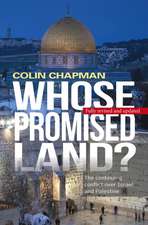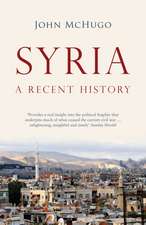Public Spectacles in Roman and Late Antique Palestine: Revealing Antiquity
Autor Zeev Weissen Limba Engleză Hardback – 13 mar 2014
Ancient Roman society reveled in many such spectacles--dramatic performances, chariot races, athletic competitions, and gladiatorial combats--that required elaborate public venues, often maintained at great expense. Wishing to ingratiate himself with Rome, Herod the Great built theaters, amphitheaters, and hippodromes to bring these forms of entertainment to Palestine. Weiss explores how the indigenous Jewish and Christian populations responded, as both spectators and performers, to these cultural imports. Perhaps predictably, the reactions of rabbinic and clerical elites did not differ greatly. But their dire warnings to shun pagan entertainment did little to dampen the popularity of these events. Herod's ambitious building projects left a lasting imprint on the region. His dream of transforming Palestine into a Roman enclave succeeded far beyond his rule, with games and spectacles continuing into the fifth century CE. By then, however, public entertainment in Palestine had become a cultural institution in decline, ultimately disappearing during Justinian's reign in the sixth century.
Preț: 468.34 lei
Nou
Puncte Express: 703
Preț estimativ în valută:
89.61€ • 93.57$ • 74.17£
89.61€ • 93.57$ • 74.17£
Carte tipărită la comandă
Livrare economică 04-18 aprilie
Preluare comenzi: 021 569.72.76
Specificații
ISBN-13: 9780674048317
ISBN-10: 0674048318
Pagini: 384
Ilustrații: Illustrations
Dimensiuni: 160 x 239 x 31 mm
Greutate: 0.67 kg
Editura: Harvard University Press
Seria Revealing Antiquity
ISBN-10: 0674048318
Pagini: 384
Ilustrații: Illustrations
Dimensiuni: 160 x 239 x 31 mm
Greutate: 0.67 kg
Editura: Harvard University Press
Seria Revealing Antiquity
Notă biografică
Descriere
Wishing to ingratiate himself with Rome, Herod the Great built theaters, amphitheaters, and hippodromes to bring pagan entertainments of all sorts to Palestine. Zeev Weiss explores how the indigenous Jewish and Christian populations responded, as both spectators and performers, to these cultural imports, which left a lasting imprint on the region.


























